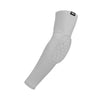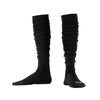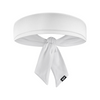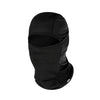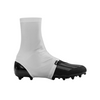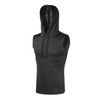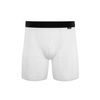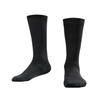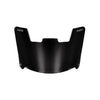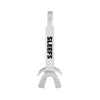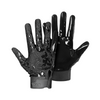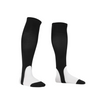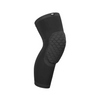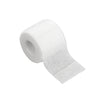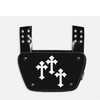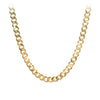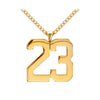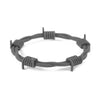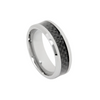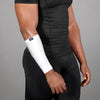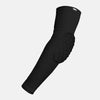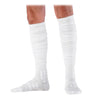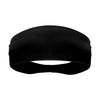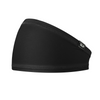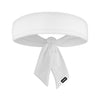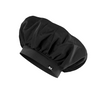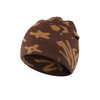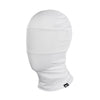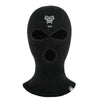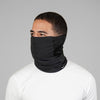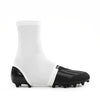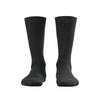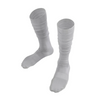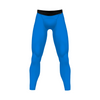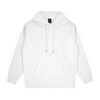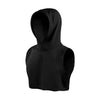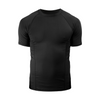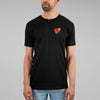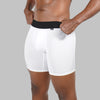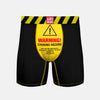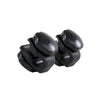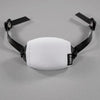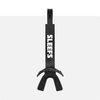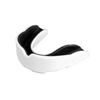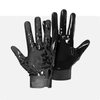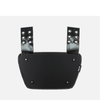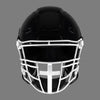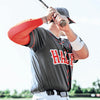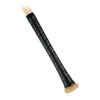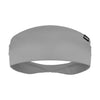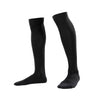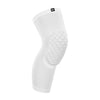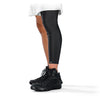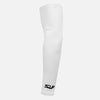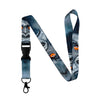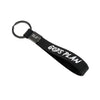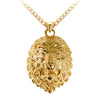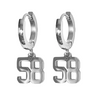Everything To Know About Turf Tape
For years, athletic trainers have taped up athletes before games as a safety measure to prevent injuries.
Football players are prone to many injuries, but one issue that started to arise was the field they play on. An ankle or knee injury is one thing, but 99% of the time, a player will make contact with the ground. The problem is that many games are now played on artificial turf, and tiny turf beads would cause abrasion to the skin every time a player hits the ground.
It’s one of those injuries that turned out to be more of a nuisance than anything. So how could it be prevented?
“Turf Tape” was introduced specifically for this issue. It is commonly seen worn on the back of arms because it tends to make the most contact with the ground. However, it can be worn wherever desired. Many players wrap their wrists and then connect a long strip across the back of their arm to get maximum protection. Aside from the medical reasons of wrist tape, it prevents beads from getting into a player's hands or gloves. If you’re a receiver, the last thing you want is turf beads interrupting you from making catches.
Turf tape is rarely seen on legs because players already have on leg sleeves or leggings. The same reason players wearing arm sleeves are not wearing turf tape with it. The players wearing turf tape are often bare arm, and that is their form of style/protection.
However, the common use of turf tape has been to spat cleats. “Spatting” is the process of taping the ankle and heel area of the cleat to a tight, secure fit. There are a few reasons for this that many players never understood.
- Ankles injuries are less likely to occur (Sprains, twists, rolls).
- The tight fit allows players to make more elusive cuts and sprints
- Cleats can’t come off
- Laces can’t come undone
- Turf beads can’t get in the cleat
- STYLE
Players on all levels have also been seen taping their fingers before games. This is another small measure that can prevent prevalent injuries to the fingers. Any football player knows that damage to the fingers can be detrimental. You need your fingers in every aspect of the game. T
ape can be used as a way to prevent “jams” or dislocations. However, the use of tape can also be extended to previously injured fingers. A process called “buddy taping” is where a trainer tapes an already injured finger to a healthy finger. This is done so that the player is playing with four fingers but does not miss any playing time.
